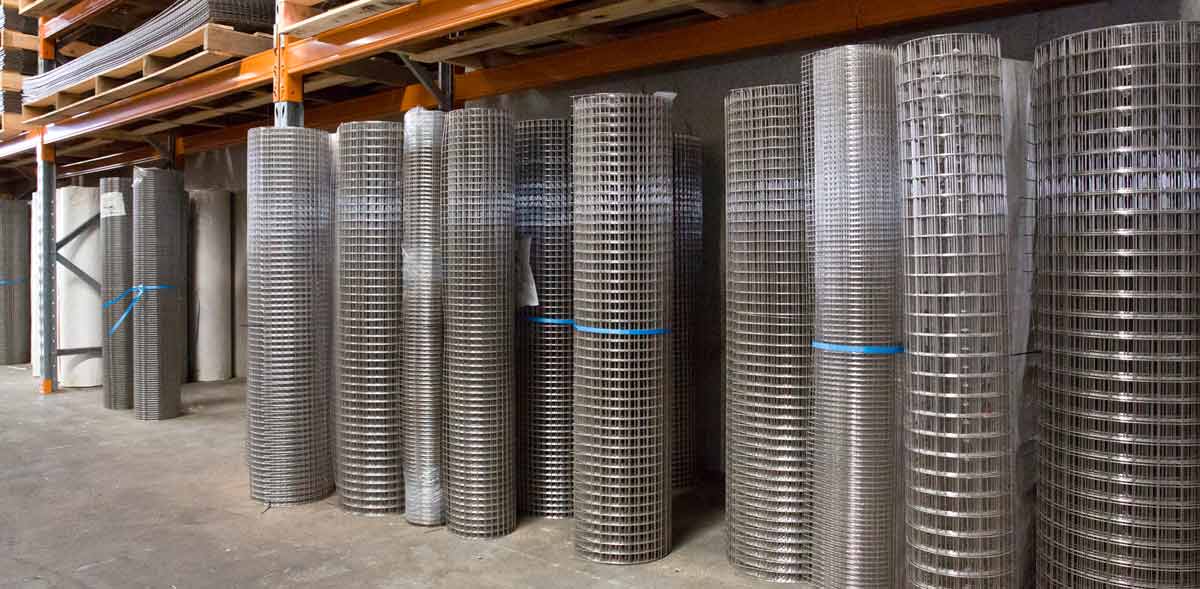Mar . 19, 2024 15:12 Back to list
304 Grade versus 316 Grade Mesh and Wire – which should I use
There are several hundred grades of stainless with differing chemical compositions, but only about ten are in common use.
Most products in our range of stainless steel wire and stainless steel mesh products are offered in two grades – 304 and 316. The choice of grade is determined by the application and environment.

Both grades are termed “18-8” stainless steel, as they have approximately 18% chromium and 8% nickel in their composition. 18-8 stainless steels are non-magnetic and cannot be hardened by heat treatment.
The actual compositions of 304 and 316 grades are:
| Element | 304 | 316 |
| Chromium | 18% – 20% | 16% – 18% |
| Nickel | 8% – 10.5% | 10% – 14% |
| Molybenum | 0% | 2% – 3% |
| Carbon | 0.08% max. | 0.08% max. |
| Silicon | 1.0% max. | 1.0% max. |
| Manganese | 2.0% max. | 2.0% max. |
| Phosphorus | 0.045% max. | 0.045% max. |
| Sulphur | 0.03% max. | 0.03% max. |
| Nitrogen | 0.1% max. | 0.1% max. |
Stainless steels owe their corrosion resistance to a thin chromium oxide film on the surface, but other elements, such as molybdenum and nitrogen, can improve corrosion resistance.
There is a formula which can be used to rank the corrosion resistance of stainless steel grades. While it is not an absolute measurement of corrosion resistance, it is useful for comparing grades. The Pitting Resistance Equivalent (PRE) number is:
PRE = % Chromium + 3.3 x % Molybdenum + 16 x % Nitrogen
The higher the PRE, which, in practice, ranges from 10.5 to over 40, the higher the corrosion resistance.
304 grade stainless steel has a PRE of about 18 while for 316 grade the PRE is approximately 24.

So, which grade of stainless steel should I select?
- 304 grade is used in more than 50% of applications that specify a stainless steel. It resists most oxidising acids and is slightly stronger and more wear resistant than 316 grade.
- 316 grade withstands attacks by sodium and calcium brines, hypochlorite solutions, phosphoric acid and sulphurous acids. Due to its resistance to sea salt corrosion, it should always be specified for wires and meshes in external environments within 5km of a surf coast, or within 1km of sheltered coastal waters. It could be considered for applications further from such sea coasts, if;
- the environment is high temperature and high humidity or
- the location is sheltered from natural washing by rain or
- the location is an urban polluted area
share
-
Safety Mesh for Windows – Durable Mosquito and Insect Protection Solutions
NewsJul.08,2025
-
12x24x1 Air Filter – High Efficiency Replacement for Improved Air Quality
NewsJul.08,2025
-
Premium Stainless Steel Mosquito Mesh - Durable, Rust-Resistant Protection for Windows & Doors
NewsJul.08,2025
-
Premium Stainless Steel Garden Mesh for Lasting Durability Best & High Quality Mesh Solutions
NewsJul.07,2025
-
Gold and White Blackout Curtains – Elegant Light Blocking & Insulation for Home
NewsJul.07,2025
-
Premium Spa Filter Cartridge for Clean Water Spa Pool Filters Cartridges for Jacuzzi Durable, high-efficiency spa filter cartridge for spas and jacuzzis. Improve water quality—order your pool filter cartridge now!
NewsJul.07,2025

